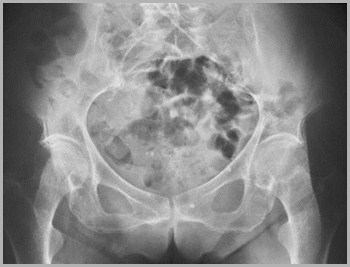


affected hip is flexed to 90 deg & traction (w/ sl adduction of femoral shaft) is applied along axis of the femur Closed Reduction of the Hip in Flexion: Ĭritical analysis of the treatment of fractures of the neck of the femur. Ĭlosed operation for intracapsular fracture of the neck of the femur. reduction is achieved w/ application of slight internal rotation, and by elevation of the knee by the surgeon's forearm (while the other forearm applies downward pressure) Ī new treatment for intracapsular fractures of the neck of the femur and Legge-Calve-Perthes disease. the surgeon stands in front of the injured leg and applies a "wrestling hold" with one forearm over anterior thigh near the groin and the other forearm underneath the thigh near the popliteal space, with the surgeon's hands lock together initially only enough traction is applied to bring the legs out to equal length, and then additional traction is applied to achieve 1-2 cm of frx distraction patient is supine on the frx table w/ the leg in slight external rotation it is also useful to apply posteriorly directed to the upper tight the leg is then brought back into slight abduction and neutral abduciton apply longitudinal traction as well as lateral traction and then apply internal rotation and abduction apply a folded sheet around the proximal thigh (as high as possible) Closed Reduction of Hip Fracture in Extension:

Closed reduction of fractures of the neck of the femur. A treatment for fractures of the neck of the femur. if this maneuver, does not reduce hip satisfactorily, then proceed w/ open reduction rather than repeated attempts with greater force, which may damage blood supply to femoral head if the injured side, stays in internal rotation, then the reduction is complete if the fractured site has significantly more external rotation than the non injured side, then reduction is probably not satisfactory internal rotation is then released, and the surgeon notes the amount of external rotation of both feet the surgeon holds both heels in his palms with both legs in abduction and internal rotation
#Impacted subcapital fracture full
the leg is slowly brought into slight abduction and full extension, while maintaining traction and internal rotation finally, full flexion and adduction "books open" the frx site which then allows the reduction to procede by having these structures relaxed, reduction is possible further internal rotation also relaxes the Y ligament idea is that when the hip is flexed to 90 deg (quadriped position) all muscles about the hip are maximally relaxed next, while maintaining traction, apply internal rotation to 45 deg flex the hip to 90 deg, w/ slight adduction, and apply traction in line with the femur Leadbetter Technique: (preferred technique) Predictors of early failure of fixation in the treatment of displaced subcapital hip fractures. Predicting the Mechanical Outcome of Femoral Neck Fractures Fixed with Cancellous Screws: an in vivo study. similar findings were published by Chua, et al (1998), who noted that varus angulation was the biggest predictor of early fixation failure the take home message is that a non anatomic reduction will often lead to postoperative displacement as noted by Weinrobe, et al (1998), major relative risk of redisplacement of femoral neck fractures correlates with initial inferior fracture offset and varus angulation

inferior comminution is also important majority of patients with non union, have posterior comminution posterior comminution leads to the loss of a butressing effect posteriorly, w/ subsequent loss of reduction and non-union evaluation of the lateral x-ray after reduction to evaluate posterior comminution of the femoral neck is critical always attempt closed reduction before open reduction


 0 kommentar(er)
0 kommentar(er)
